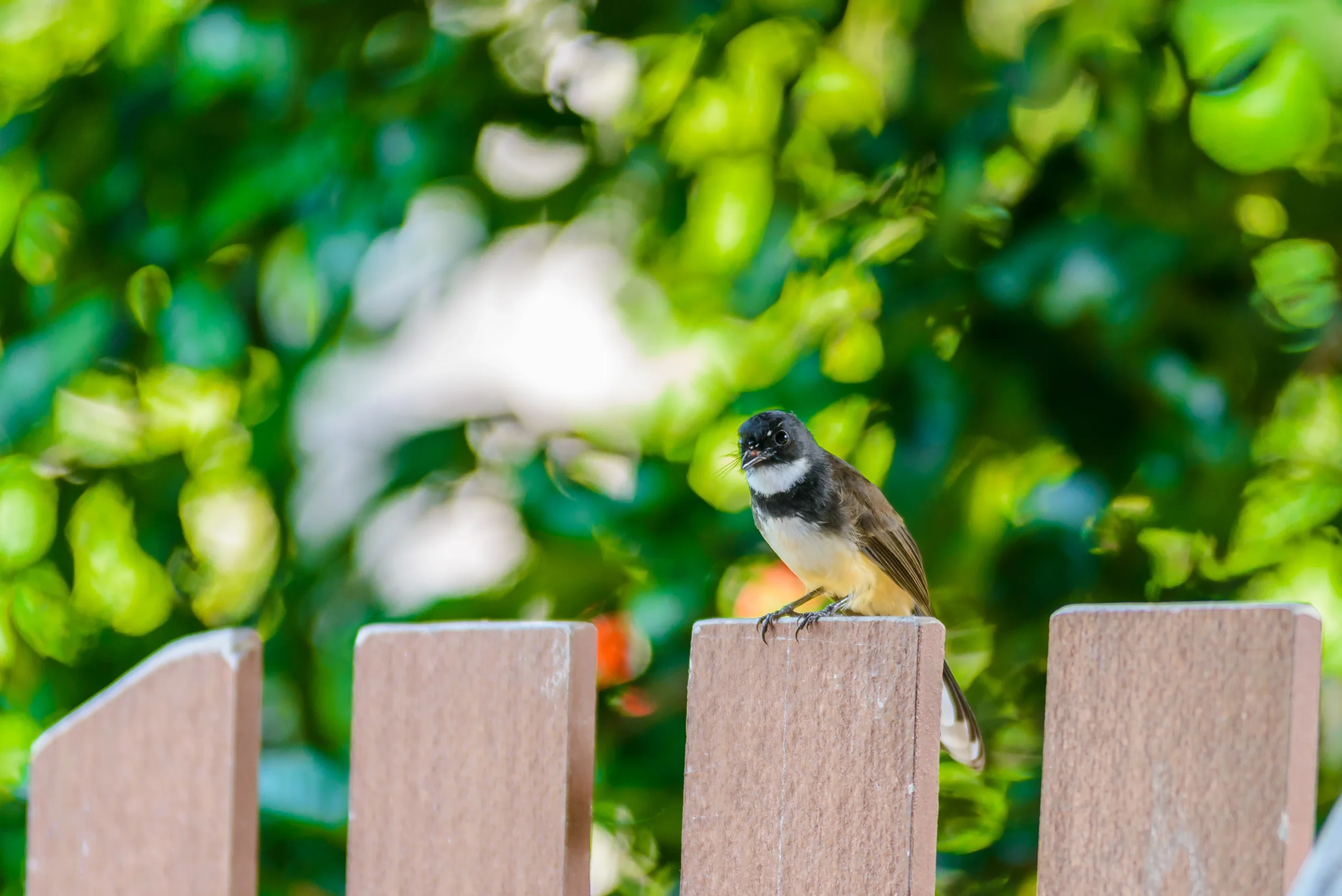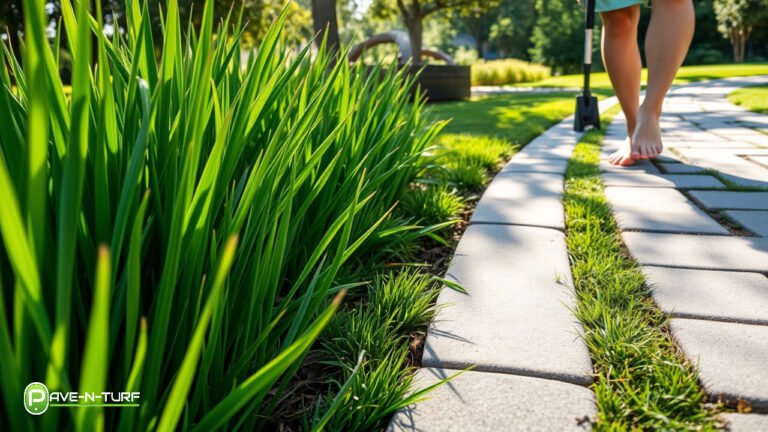Attracting Birds to Your Backyard: Simple Strategies for a Wildlife Haven

Attracting birds to your backyard can be a rewarding experience that not only beautifies your outdoor space but also provides benefits to the local ecosystem. Birds can help control pests, pollinate plants, and provide lovely songs and displays to enjoy. Creating an inviting environment for a variety of bird species can be achieved with a few simple steps and considerations.
The key to enticing birds to make your yard their home lies in offering them the essentials: food, water, shelter, and nesting materials. Providing a range of bird-safe, natural, and easily accessible resources will transform your backyard into a welcoming haven for an array of feathered friends. It is also important to consider the native bird species in your area, as their specific preferences and needs will guide you on how to create the perfect habitat to attract them.
Once you have determined the bird species you would like to attract, understanding their preferred food sources and nesting habits is vital. Tailoring your backyard to incorporate these specific features will significantly improve your chances of attracting birds and maintaining their presence throughout the year. With a thoughtful and strategic approach, your yard will soon become a bustling hub for birds and a source of endless enjoyment for you and your family.
Creating a Hospitable Habitat
Choosing the Right Plants
To attract birds to your backyard, native plants play a crucial role. These plants provide natural food sources for the birds and support their nesting habits. A well-planned garden should include a variety of trees, shrubs, and plants to maintain a healthy ecosystem. Some examples of native plants include:
- Native trees: Oaks, Maples, and Evergreens are all great choices for creating a shelter and source of food for birds.
- Native shrubs: Consider planting berry-producing shrubs such as Dogwoods, Viburnums, and Serviceberries to attract songbirds.
When selecting plants, consider the following:
- Choose plants that produce a variety of seeds, nuts, and fruits to provide food for different bird species.
- Create habitat layers by planting a combination of tall trees, medium-sized shrubs, and low-growing plants to create a diverse landscape.
- Choose plants that require minimal maintenance, as they will be more beneficial to the local bird population.
Providing Water Sources
Birds need access to clean, fresh water for drinking and bathing. Including water sources in your garden design can significantly increase the number of birds that visit your backyard. Here are some ways to provide water for birds:
- Birdbaths: A simple or elaborately designed birdbath can serve as an attractive water source for birds.
- Water features: Consider adding a small pond or fountain to your garden as another source of water for the birds.
Remember to keep water sources clean and shallow, with a depth not exceeding two inches, as birds prefer shallow water.
Building Shelter and Nests
Providing adequate shelter and nesting opportunities is essential for attracting birds to your backyard. Birds prefer a habitat with a range of trees and shrubs that offer protection and nesting opportunities. Here are some tips for creating a bird-friendly backyard:
- Plant trees and shrubs with dense foliage to offer birds shelter from predators and harsh weather.
- Create brush piles with fallen branches to provide ground-dwelling birds with hiding spots and nesting materials.
- Set up birdhouses or nesting boxes to create additional nesting opportunities. Different bird species prefer different kinds of nests, so explore multiple options to cater to various species.
Feeding the Birds
Types of Bird Feeders
There are several types of bird feeders to choose from, and each is suited to specific types of birds and their feeding habits:
- Tube feeders: Ideal for finches and small birds, these feeders allow birds to pick seeds directly through small openings.
- Platform feeders: Attract a variety of wild birds, including blue jays and house sparrows, by offering seeds, nuts, and fruits on a flat surface.
- Nectar feeders: Designed for hummingbirds and butterflies, these feeders provide sugar water or nectar for these nectar-loving species.
- Suet feeders: Great for attracting woodpeckers, chickadees, and other insectivorous birds, as suet contains high-energy protein derived from animal fat.
Selecting the Correct Food
Selecting the appropriate bird food not only attracts a variety of bird species, but also provides essential nutrients for their growth and overall health. Below are some popular types of bird food:
- Seeds: Sunflower seeds, millet, and milo are popular choices, catering to several bird species.
- Nectar: Homemade sugar water can be used in nectar feeders, but avoid using honey or artificial sweeteners, as they can be harmful to birds.
- Insects: Live or dried insects like mealworms and crickets provide essential protein for insectivorous birds.
- Nuts: Peanuts, almonds, and other nut varieties are a good source of fat and protein for larger birds like the blue jay.
- Fruits and berries: Fruits such as oranges, berries, and apples will attract fruit-eating birds such as orioles and cedar waxwings.
- Suet: Suet cakes can be purchased or made at home to provide a high-energy food source, especially during colder months.
Safe Feeding Practices
To ensure a safe and healthy feeding environment, follow these guidelines:
- Clean feeders: Regularly clean and sanitize feeders to prevent the spread of disease.
- Secure location: Place feeders in a secure and sheltered location, away from predators and harsh weather conditions.
- Fresh food: Always provide fresh food and water, and discard any moldy or spoiled food to prevent illness.
- Monitor food: Regularly check the food consumption and adjust accordingly, to avoid overfeeding and to reduce waste.
- Bird safety: Avoid using pesticides or chemicals near your feeding area, as these can be harmful to birds.
Ensuring Protection from Predators
Strategies for Deterring Predators
One crucial aspect of attracting birds to your backyard is ensuring their safety from predators. It helps birds feel secure and increases the chances of them visiting your yard often. Predators, such as rodents or kestrels, can quickly ruin your bird-friendly environment if left unchecked.
To effectively deter predators, consider the following measures:
- Location: Place bird feeders at least 10 feet away from hiding spots or structures that can give cover to potential predators.
- Height: Position bird feeders at least 5 feet above the ground to prevent rodents from accessing them.
- Baffles: A baffle, typically a dome or cone-shaped object, when installed on poles or beneath hanging feeders, can discourage squirrels and other rodents from climbing to the feeder.
- Repellents: Use natural, non-toxic repellents such as peppermint oil, hot pepper, or cinnamon to deter rodents from the bird feeding area.
- Gardening: Planting native thorny shrubs or creating a dense layer of natural cover can reduce the risk of predators like kestrels hovering nearby your bird feeding stations.
Creating Safe Feeding Stations
A bird feeding station’s design plays a crucial role in protecting birds from potential threats. Bird lovers can take several steps to create a safer feeding environment:
- Choose feeders with predator guards: Some feeders come with built-in barriers that prevent rodents or other predators from accessing the seeds.
- Use caged feeders: Enclosing the bird feeder within a wire mesh cage allows smaller birds to enter while keeping out larger predators.
- Keep feeding stations clean: Regularly clean bird feeders and surrounding areas to minimize the risk of disease transmission and avoid attracting rodents.
- Avoid using pesticides: Many pesticides can harm birds and other wildlife. Instead, opt for natural solutions like introducing beneficial insects such as ladybugs to manage garden pests.
- Monitor and remove pests: Regularly inspect your feeding stations and quickly remove any pests, such as rodents, you encounter to reduce the risk of bird injuries or contamination.
By implementing these strategies and creating a safe feeding environment, you can enhance your backyard’s appeal to various bird species and support their well-being in your outdoor space.






